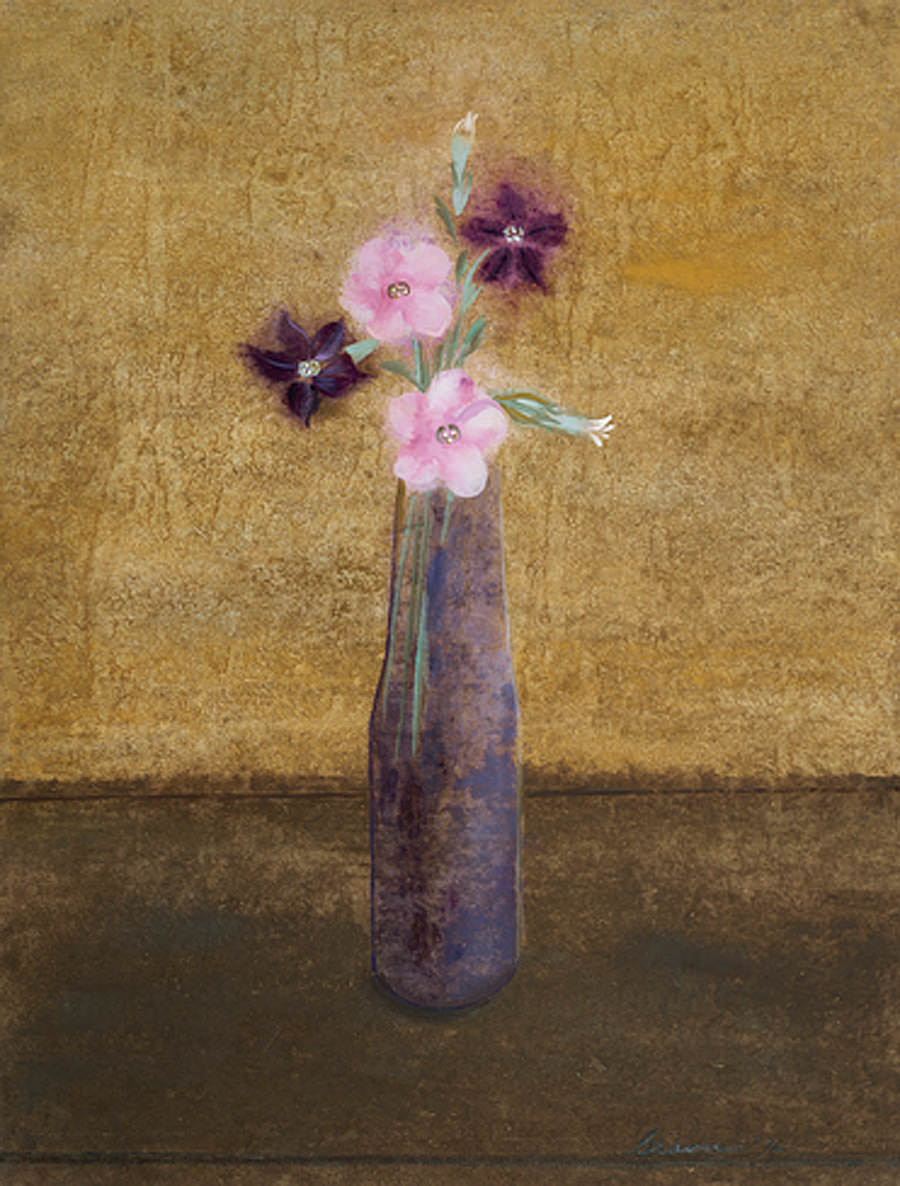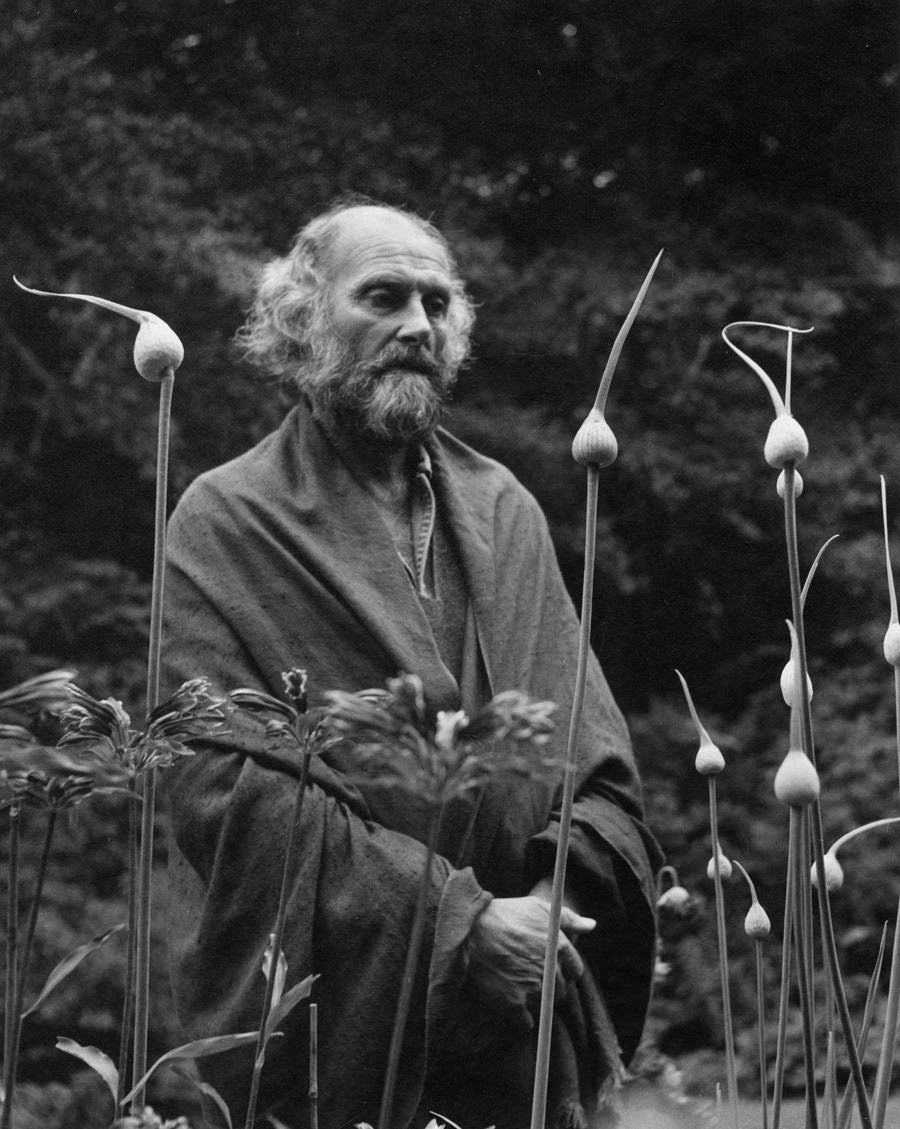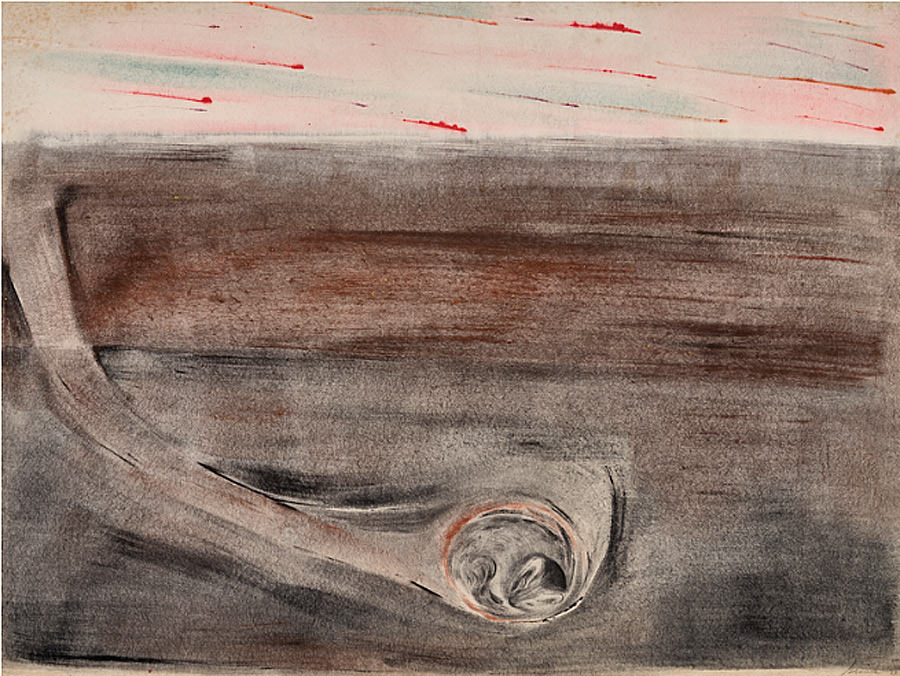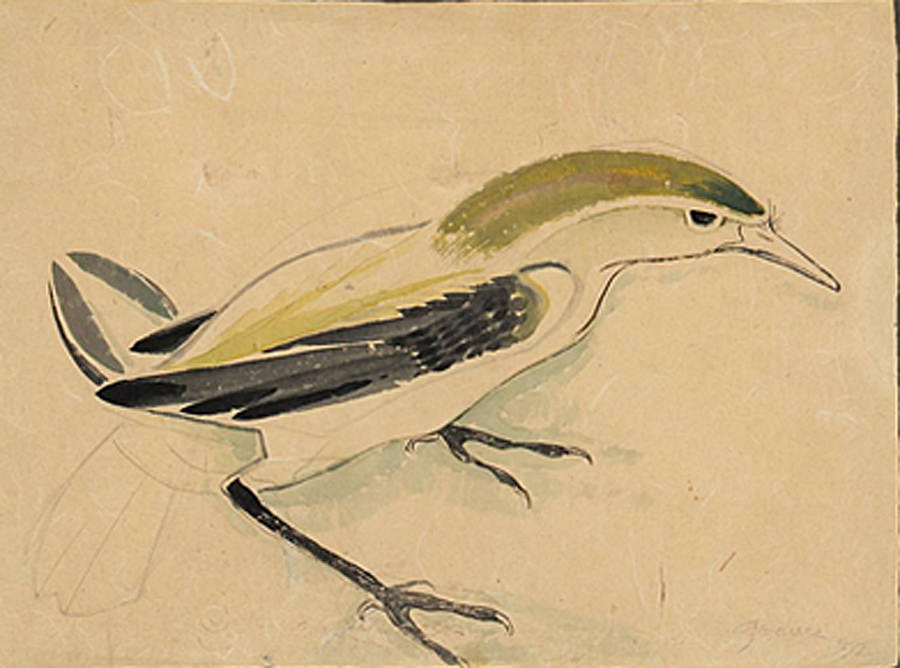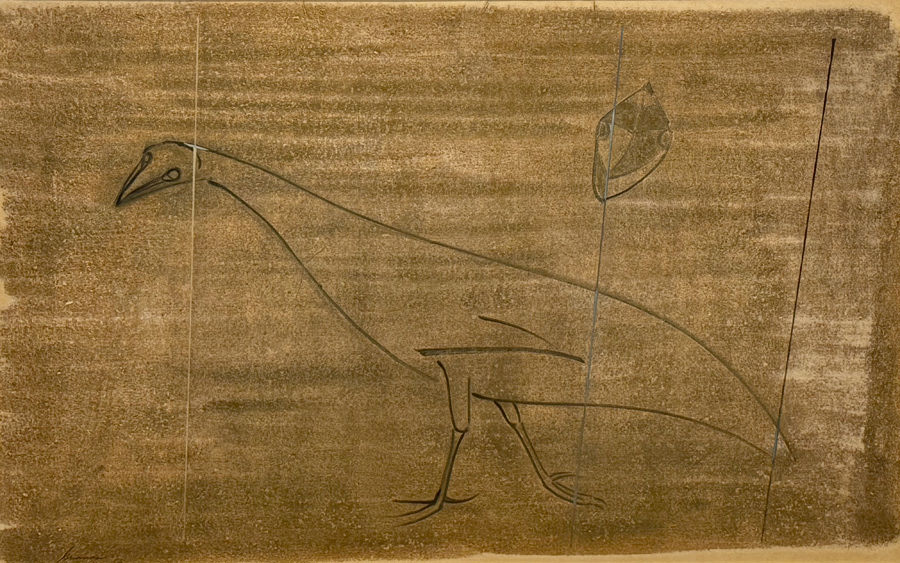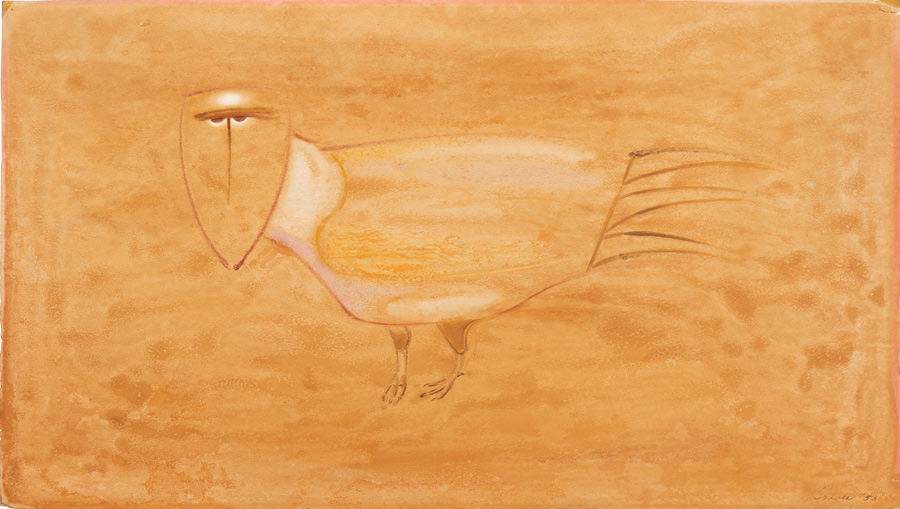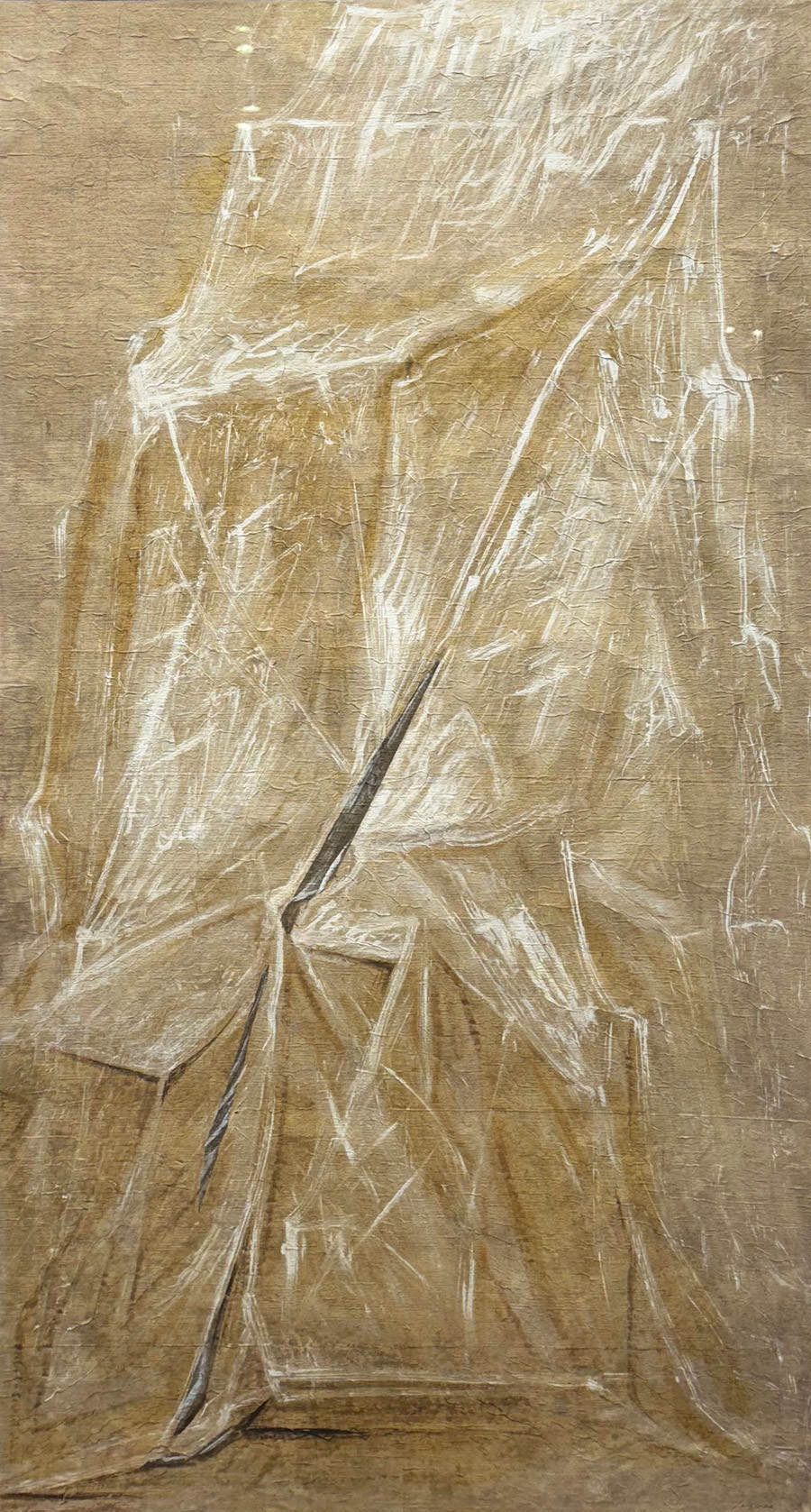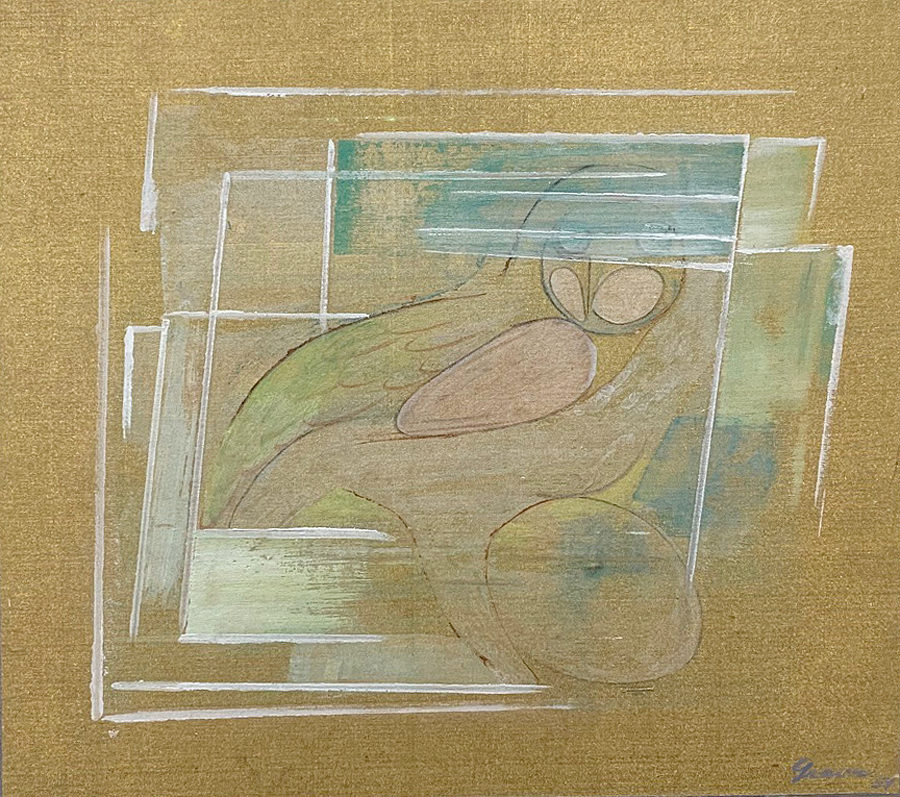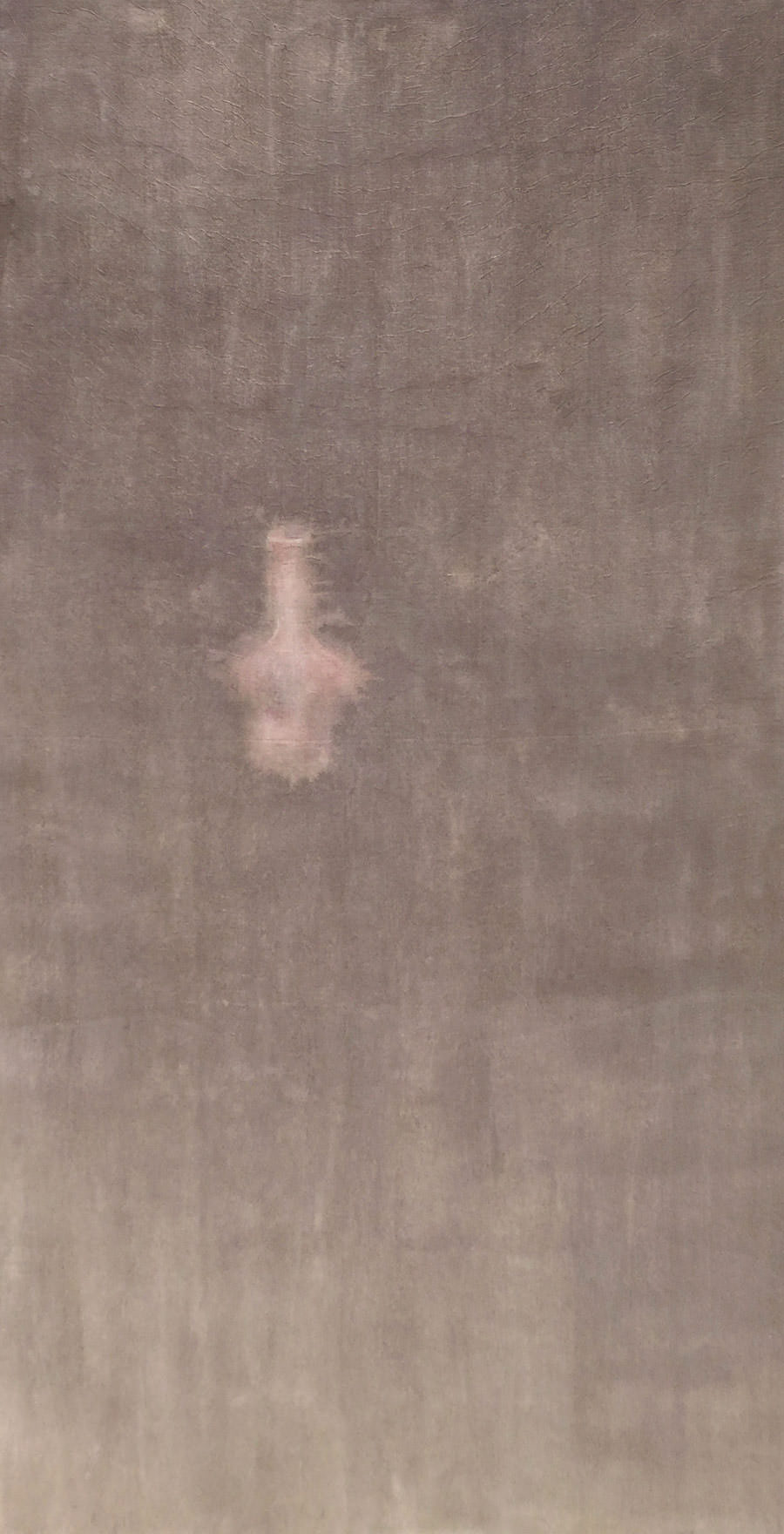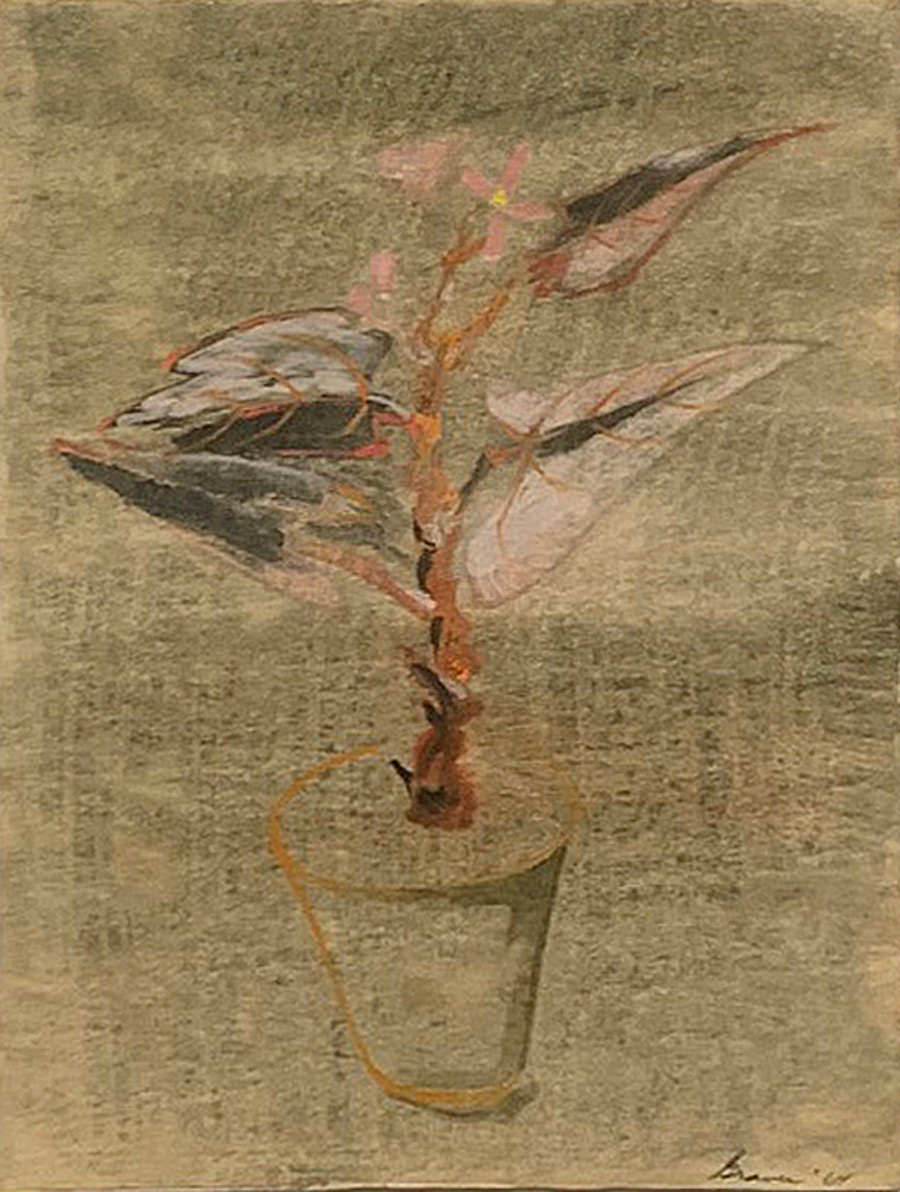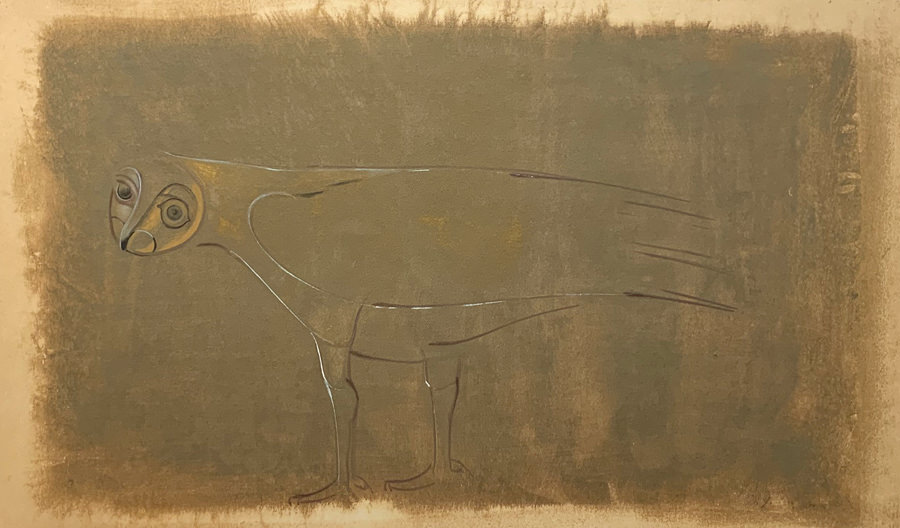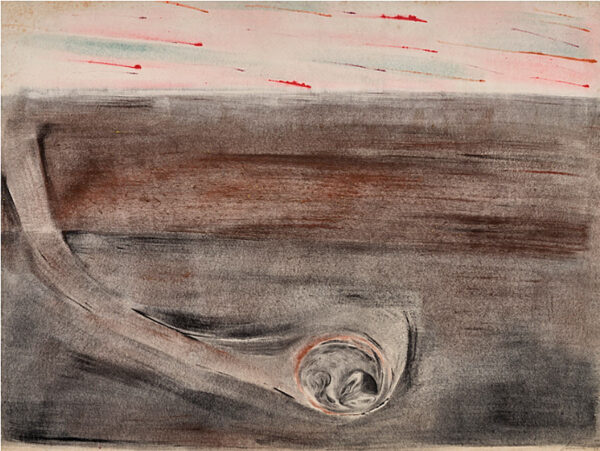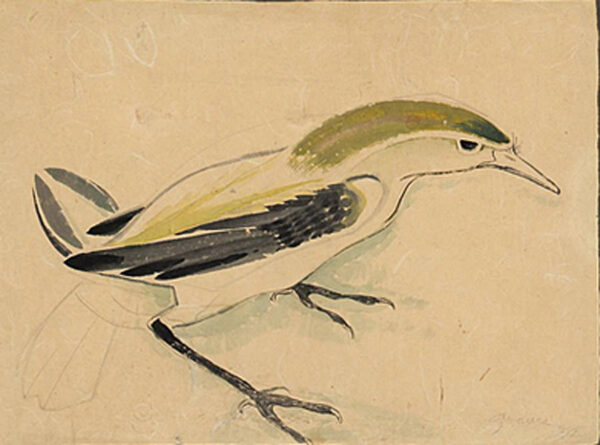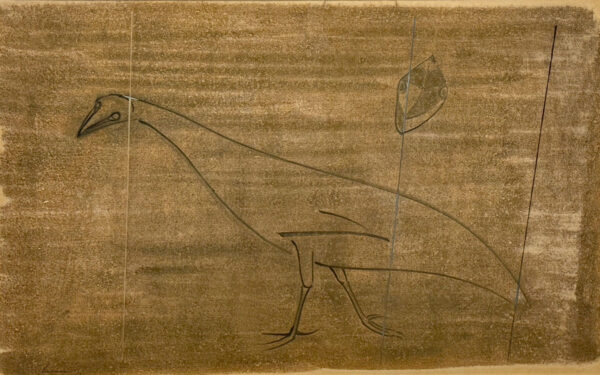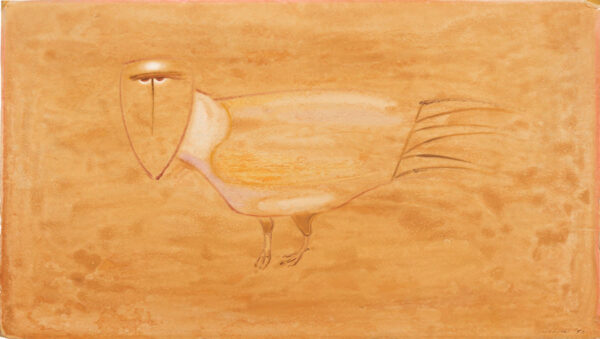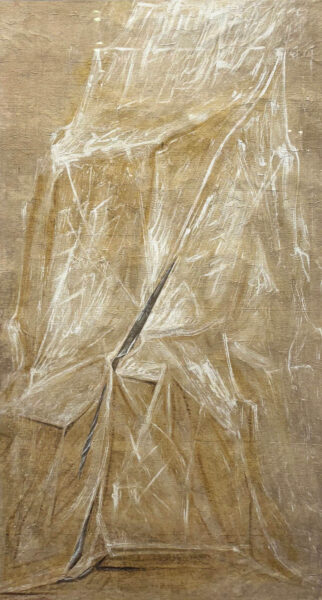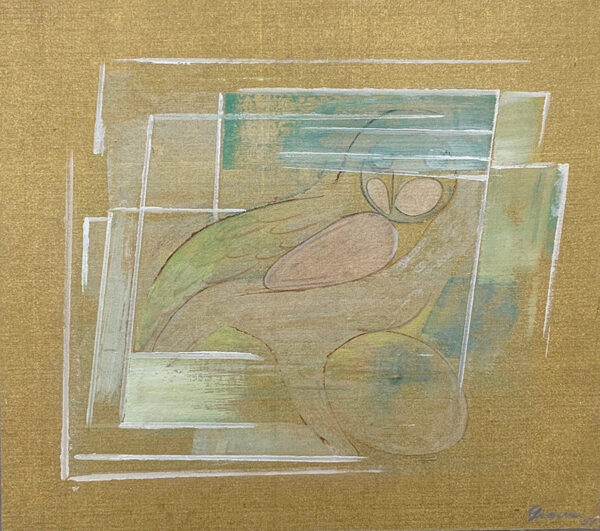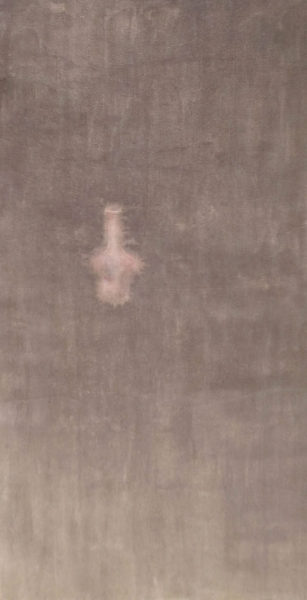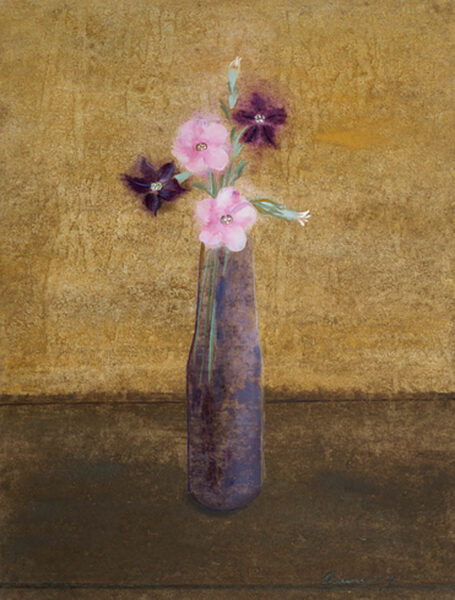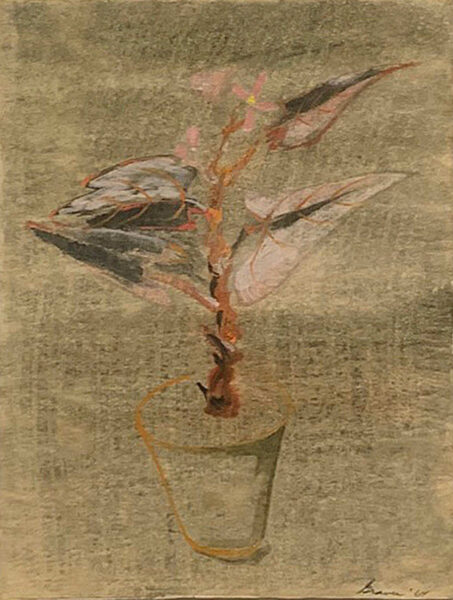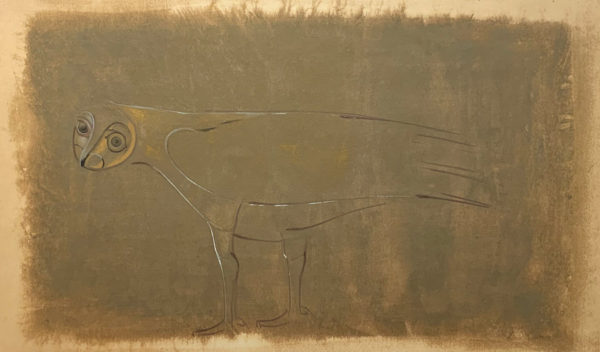About Morris Graves
Woodside/Braseth Gallery is actively buying Morris Graves artworks. If you are interested in selling your artwork please contact us.
“…I have learned that art and nature are mind’s Environment within which we can detect the essence of man’s Being and Purpose, and from which we can draw clues to guide our journey from partial consciousness to full consciousness. I paint to evolve a changing language of symbols and language with which to remark upon the qualities of our mysterious capacities which direct us toward ultimate reality.” – Morris Graves
In the 1930s Morris Graves’ (1910-2001) paintings reflected his concerns about the state of the rapidly changing world. Graves adapted surrealist symbolism to make a powerful commentary on the negative impact of the rapid economic and political changes in Seattle. Graves was one of several Northwest artists to experiment with surrealism, including Malcom Roberts (1913-1990) and Louis Bunce (1907-1983)
Mostly a self-taught artist, Morris Graves spent a lifetime pursuing and exploring the transcendental through painting. He first gained notoriety in 1942 with the inclusion of over thirty of his works in a show at the Museum of Modern Art in New York City.
Since then, his work has been exhibited both nationally and internationally and has been collected by many major museums like, the San Francisco Museum of Modern Art, the National Gallery of Art in Washington D.C., the Seattle Art Museum, the Tacoma Art Museum, and the Whitney Museum of American Art.
